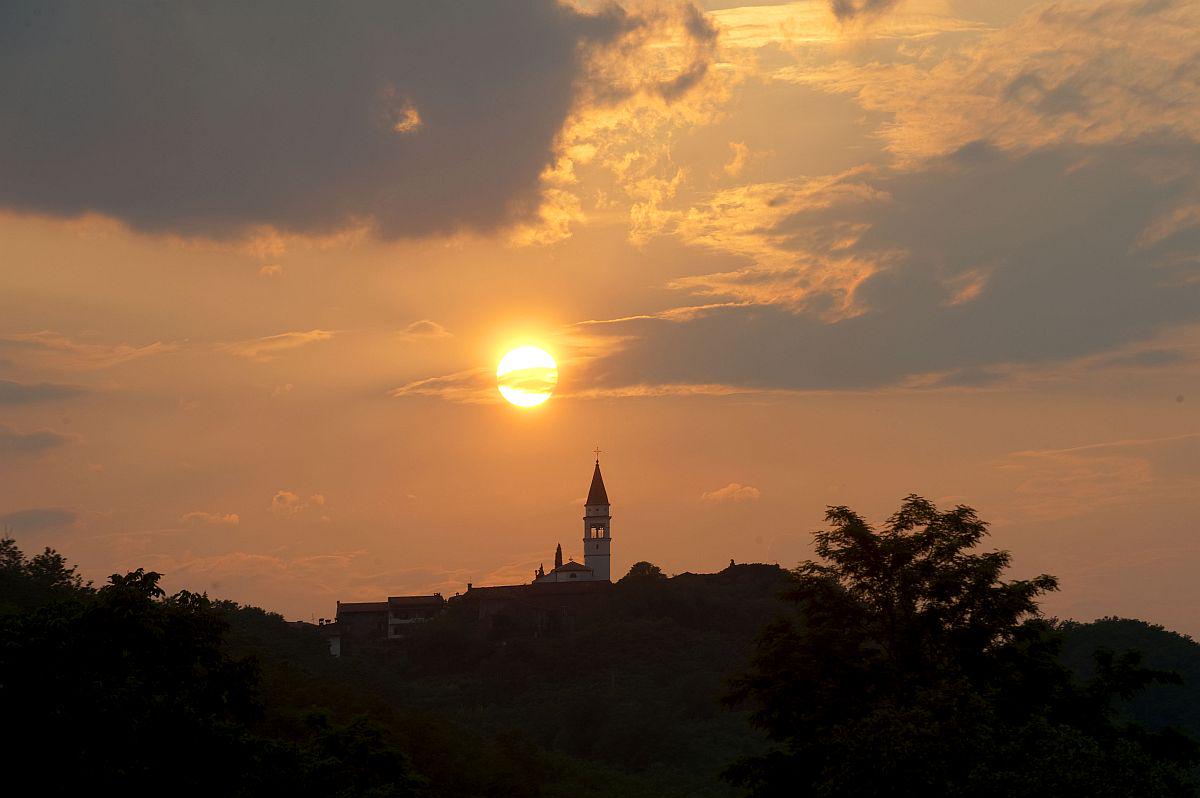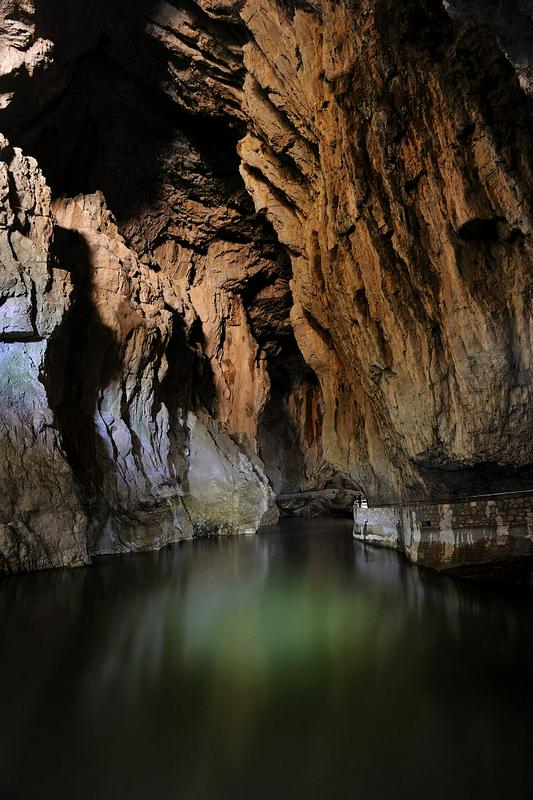

"Kras" became "Karst" in English, and a whole branch of science, karstology, was named after it. But, in that region, above breathtaking stalactites, magnificent stalagmites, underground lakes, spectacular dolines, and human fish, there is another type of natural beauty, frequently overlooked.
It is the semi-dry calcareous grasslands, which are among the richest vegetation types in the world, home to thousands of plant and animal species, and part of the Slovenian cultural landscapes since Roman Times.
The Karst is located in southwestern Slovenia, close to Italy, above the bay of Trieste in the northernmost part of the Adriatic Sea. This region is traditionally known as a non-forested stony grassland area, but 2,500 years ago it was almost completely covered by oak forests. What happened in the meantime? At that time, the Romans began colonising the region, clearing the forest and establishing open areas that could be used as agricultural fields or pastorals. The "grassland period" of the Karst region started, as population grew and more forested areas were cleared. Human derived clearances in the Karst landscape were associated with soil erosion, which created a drier and warmer microclimate. People moved with their livestock seasonally over a broad territory from the western Balkans to the Adriatic and the Alps, and this "transhumance" became one of the important factors contributing to vegetation and landscape, introducing new species and shaping the distribution of the grassland flora. The process went on and peaked in the late eighteenth century, when about three fourths of the region were covered by grasslands.
Things you can’t find anywhere else in the World
If you go to one of those grasslands today and begin counting the number of plant species within a square with a side length of 50 cm, you could find around 70 species, an impressive number. This high small-scale diversity places the Karst grasslands among the richest vegetation types in the world. Species such as the Cypress Spurge, the Squarrose Knapweed, the White Asphodel, and the Yellow Cornflower are some of the most attractive plants that occur in these grasslands. Not only is the flora diverse, but also the fauna. Among this diverse fauna, we find rare and threatened species, including insects (such as the Eastern Eggar Moth), birds (the Sombre Tit, for example), and mammals (like the Snow Vole). Some species are even endemic, that is, they do not occur anywhere else in the world, only in the Karst. These grasslands have been used mainly as hay meadows and pastures. The hay produced there has been used to feed the animals and the manure has been used on arable land to improve crop production. As such, the semi-dry grasslands are also part of the tradition and of the cultural landscape of the Slovenian Karst.
Ideal relation between grasslands and forests
However, the situation has been changing. In the late eighteenth century, first acorn and later black pine were planted to decrease soil erosion. These plantations improved soil and microclimate conditions in a way that the growth of other woody species became possible. If grasslands occupied 75% of the Karst in the late eighteenth century and forests only 17%, today the situation is reversed: 73% of the region is covered by forests and only 20%, by grasslands. The abandonment of land and subsequent reforestation is beneficial for the microclimate, a gain in terms of a lowered input of pesticides and fertilisers, and positive for biodiversity conservation. For instance, many vertebrates – birds, bats, wolves, wildcats, and bears – are associated with mature forest and can have their populations increased. However, it is important to keep the area covered by grasslands above a certain threshold, so as not to lose species associated with open habitats.
As a consequence of this replacement, grasslands are considered as an endangered and strongly declining habitat type in the Karst and deserve special consideration from nature conservancy. Since heterogeneity begets biodiversity, a landscape with grasslands and forests, such as the one we have now, is better for conservation purposes and to keep the remnants of the traditional Karst landscape identity, the one that has been forged since the times when the Romans were walking on Slovenian land.
So, when you visit one of the marvellous caves in the Karst, also hike on one of the trails that cross it and admire the beauty that exists above the ground. As the Karst is beautiful below, so it is above.
Marco Antonio Batalha, Nataša Pipenbaher, Sonja Škornik and Mitja Kaligarič, SINFO

































































